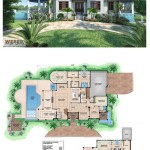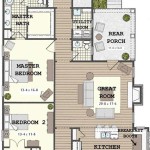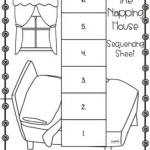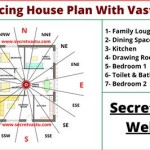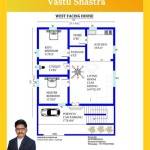Essential Aspects of Basement Open Floor Plan Ideas
Transforming a basement into an open floor plan can create a spacious and inviting living space. By eliminating walls and partitions, you'll gain flexibility in arranging furniture and maximizing natural light. Here are some essential aspects to consider when envisioning your open-concept basement:
1. Defining Zones
An open floor plan doesn't mean everything has to be in one open space. Define different zones for specific activities, such as a living room, entertainment area, home office, or guest sleeping space. Use furniture, rugs, or screens to delineate these zones while maintaining a sense of openness.
2. Multifunctional Flexibility
Open floor plans allow for easy repurposing of space. Design each zone to accommodate multiple uses. For instance, a seating area can double as a guest bedroom with a pull-out sofa or a home office with a desk. This flexibility enhances the functionality of the basement.
3. Natural Light Optimization
Maximizing natural light is crucial for an open-concept basement. Position furniture near windows and use mirrors to reflect light throughout the space. Consider installing skylights or light tubes to bring in additional natural illumination. Ample light creates a cheerful and welcoming atmosphere.
4. Lighting Design
Artificial lighting is equally important in an open floor plan. Layer different types of lighting, such as recessed lighting, pendant lights, and table lamps, to create different moods and illuminate specific zones. Use dimmers to control the brightness and create a cozy ambiance.
5. Ventilation and Circulation
Proper ventilation is essential to prevent mustiness and ensure air quality. Install an exhaust fan in the basement and consider adding windows or vents to encourage air circulation. Plan for adequate spacing between furniture to avoid obstructing air flow.
6. Storage Solutions
Storage is a key aspect of any open floor plan. Utilize built-in shelves, cabinets, and drawers to store belongings without cluttering the space. Consider vertical storage solutions, such as stackable bins and hanging racks, to maximize space utilization.
7. Sound Considerations
In an open-concept space, sound can travel freely. To mitigate noise issues, install sound-absorbing materials, such as rugs, curtains, or acoustic panels. These materials help reduce echo and maintain a comfortable acoustic environment.
8. Safety Features
Safety should always be prioritized. Ensure there are clear egress paths and that electrical outlets and cords are properly concealed. Install smoke and carbon monoxide detectors for early warning in case of emergencies.
By carefully considering these essential aspects, you can create a functional, inviting, and open floor plan in your basement that meets your specific needs and preferences.
Basement Open Concept Ideas Design Makeover Interior

Open Concept Basement Ideas Photos Houzz

Open Concept Basement Ideas Photos Houzz

Basement Open Layout Design Floor Plan Showing Game Area And Family Finished Designs Makeover

Open Concept Basement Ideas Photos Houzz

Basement Design Ideas With Open Floor Plan House Plans Concept

Open Concept Basement Ideas Photos Houzz

Interior Design Ideas Basement Floor Plans Remodeling

Open Concept Basement Ideas Photos Houzz

Open Concept Basement Ideas Photos Houzz

